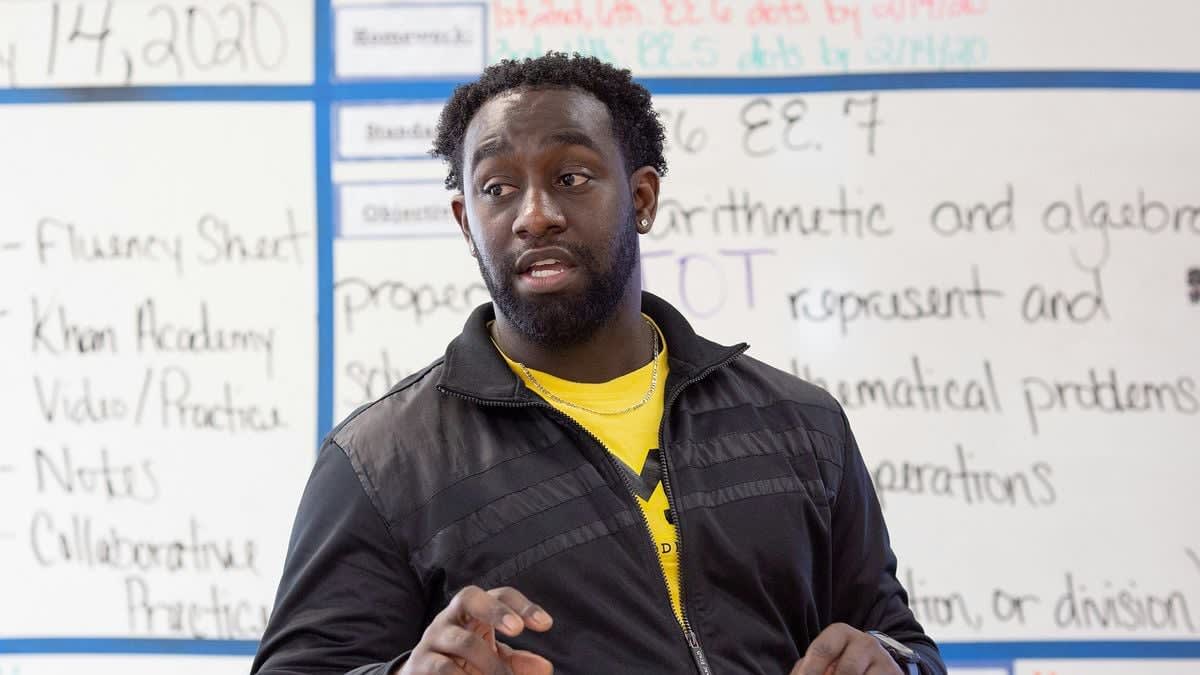Top and Bottom States for Teachers as Student Scores Decline

Virginia Leads in Teacher Pay and Spending, But Struggles with Student Performance
Virginia has been ranked as the top state for teacher pay and public spending per student. However, it is also at the bottom of the list when it comes to student math scores, ranking 51st nationwide. This discrepancy highlights a growing concern about the effectiveness of increased funding and teacher compensation in improving student outcomes.
A recent report from WalletHub compared all 50 states and the District of Columbia based on several factors, including teacher compensation, tenure, state spending per student, student-teacher ratios, and school-system quality. The findings revealed that Virginia, Utah, Washington, New York, and Illinois are the most teacher-friendly states in 2025. In contrast, South Dakota, New Hampshire, Maine, Montana, and Hawaii were identified as the least supportive for teachers.
Chip Lupo, a WalletHub analyst, emphasized that while teachers play a critical role in shaping the future, they often face underpayment and lack of support. He noted that the best states for teachers are those that offer competitive salaries, invest in educational resources, and implement policies that improve school systems and reduce teacher turnover.
The U.S. Department of Education recently released data showing that national test scores have reached historic lows. According to the National Assessment of Educational Progress (NAEP), nearly half of high school seniors are performing below basic levels in math and reading. Despite billions of dollars invested in K-12 programs, the achievement gap continues to widen, with more students failing to meet academic benchmarks than ever before.
In response, the Department of Education plans to allocate $500 million in grants for charter schools in 2025 to promote education choice. This initiative aims to provide alternative learning opportunities for students and address systemic challenges in traditional public schools.
Washington State: High Spending, Low Performance
Washington state spends an average of $18,944 per student, making it one of the highest-spending states. However, its student performance has not kept pace with this investment. According to the Annie E. Casey Foundation, Washington ranked 27th in student performance last year, down from 20th a decade ago. In 2024, over two-thirds of fourth graders failed to meet reading standards, and 70% of eighth graders were not proficient in math.
Despite these challenges, Washington ranks third in the WalletHub report for teacher-friendliness. The state maintains a student-to-teacher ratio of 15:1, with 68,000 teachers serving 1,071,082 students. Washington uses the Smarter Balanced Assessment for English language literacy and mathematics, but only 71% of students demonstrated foundational knowledge in English, and 63% met grade-level expectations in math.
ACT scores for Washington in 2024 were 24.5, slightly lower than Virginia’s 24.8 and New York’s 25.4. Meanwhile, states like Idaho, Wyoming, and Mississippi, which spend significantly less on education, outperformed the national average in math and reading. For example, Idaho spent $9,387 per student, Wyoming $20,159, and Mississippi $12,394, yet their students scored above the national average in fourth-grade math.
Teacher Pay and Performance Across States
Utah, New York, and Illinois also show a gap between teacher pay and student performance. Utah spends $9,977 per student, while New York spends $33,437 and Virginia $16,445. Despite these differences, Virginia ranks 51st in math and 41st in reading.
U.S. Rep. Abigail Spanberger, D-Virginia, called the state’s performance unacceptable, emphasizing the need to raise teacher salaries and attract more individuals to the profession. She argued that educators deserve better support and respect for their critical work.
Montana, which ranked 50th on the WalletHub list, recently passed the Student and Teacher Advancement for Results and Success Act (STARS). This law requires districts to set starting teacher salaries at 62% of the district-wide average to qualify for funding. Superintendent Erwin Garcia of Billings Public Schools explained that inflation has eroded teacher salaries, making fair compensation essential.
For the five worst-ranked states—South Dakota, New Hampshire, Maine, Montana, and Hawaii—the average ACT scores in 2024 ranged from 17.7 in Hawaii to 25.9 in New Hampshire. These states also spent varying amounts per student, with South Dakota spending $13,636 and Hawaii $19,719.
While higher spending and teacher pay can create a more supportive environment, the data suggests that these factors alone do not guarantee improved student performance. Addressing systemic issues, such as curriculum quality, teacher training, and resource allocation, may be necessary to close the achievement gap and ensure long-term success for students.

Posting Komentar untuk "Top and Bottom States for Teachers as Student Scores Decline"
Posting Komentar